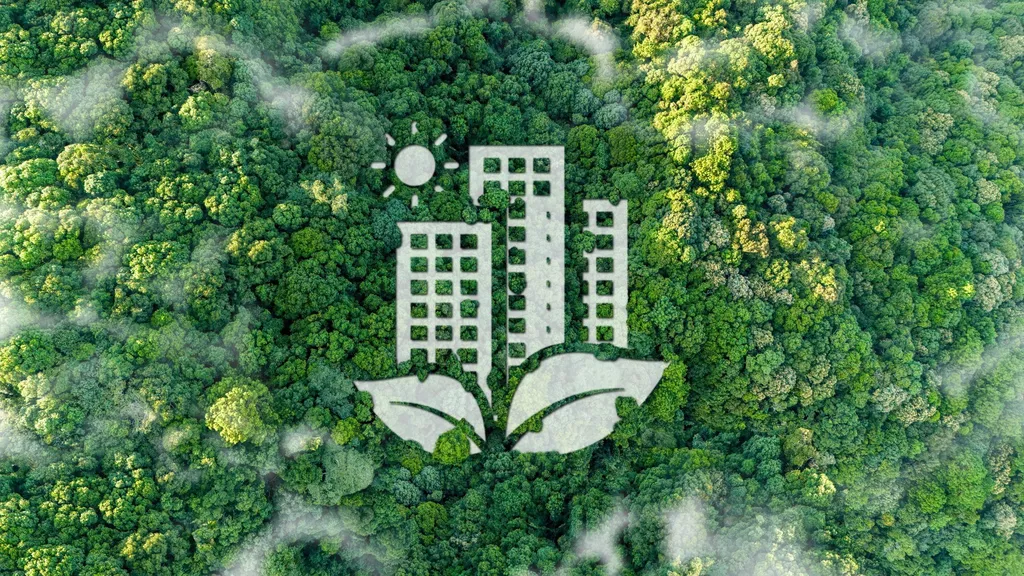In a groundbreaking development for sustainable construction, researchers have harnessed the power of artificial intelligence to optimize the use of waste glass in concrete production. This innovation, led by Yuzhuo Zhang from the School of Management at Shenyang Jianzhu University in China, promises to reduce both costs and carbon emissions in the construction industry.
The study, published in the journal *Buildings* (translated to English as “Buildings”), addresses a critical gap in current mix design methods for glass powder concrete (GPC). Traditional approaches often struggle to balance economic efficiency, environmental sustainability, and mechanical performance. Zhang and his team have developed an AI-assisted framework that integrates machine learning (ML) and Multi-Objective Optimization (MOO) to achieve a sustainable GPC design.
The research utilized a robust database of 1154 experimental records, focusing on key predictors such as cement content, water-to-binder ratio, aggregate composition, glass powder content, and curing age. Seven ML models were optimized via Bayesian tuning, with the Ensemble Tree model achieving superior accuracy. “The Ensemble Tree model’s high accuracy (R² = 0.959 on test data) allowed us to delve deeper into the contribution mechanisms and underlying interactions of material components on GPC compressive strength,” Zhang explained.
SHapley Additive exPlanations (SHAP) analysis further elucidated these mechanisms, providing valuable insights into how different material components interact to affect the strength of GPC. The study then employed a MOO framework to minimize unit cost and CO₂ emissions while meeting compressive strength targets ranging from 15 to 70 MPa. The NSGA-II algorithm was used to generate Pareto solutions, and the TOPSIS method aided in decision-making.
The Pareto-optimal solutions offer actionable guidelines for engineers, aligning GPC design with circular economy principles and low-carbon policies. “This work advances sustainable construction practices by bridging AI-driven innovation with building materials,” Zhang noted. “It directly supports global goals for waste valorization and carbon neutrality.”
The implications of this research are significant for the construction industry, particularly in the context of sustainable and cost-effective materials. By reducing cement consumption and carbon emissions, the AI-assisted framework could revolutionize the way concrete is produced and used. This innovation not only benefits the environment but also offers economic advantages, making it a compelling option for commercial applications.
As the world continues to grapple with the challenges of climate change and resource depletion, this research provides a promising path forward. By leveraging AI and advanced optimization techniques, the construction industry can move towards more sustainable and efficient practices. The study’s findings could shape future developments in the field, paving the way for a greener and more economically viable future.

